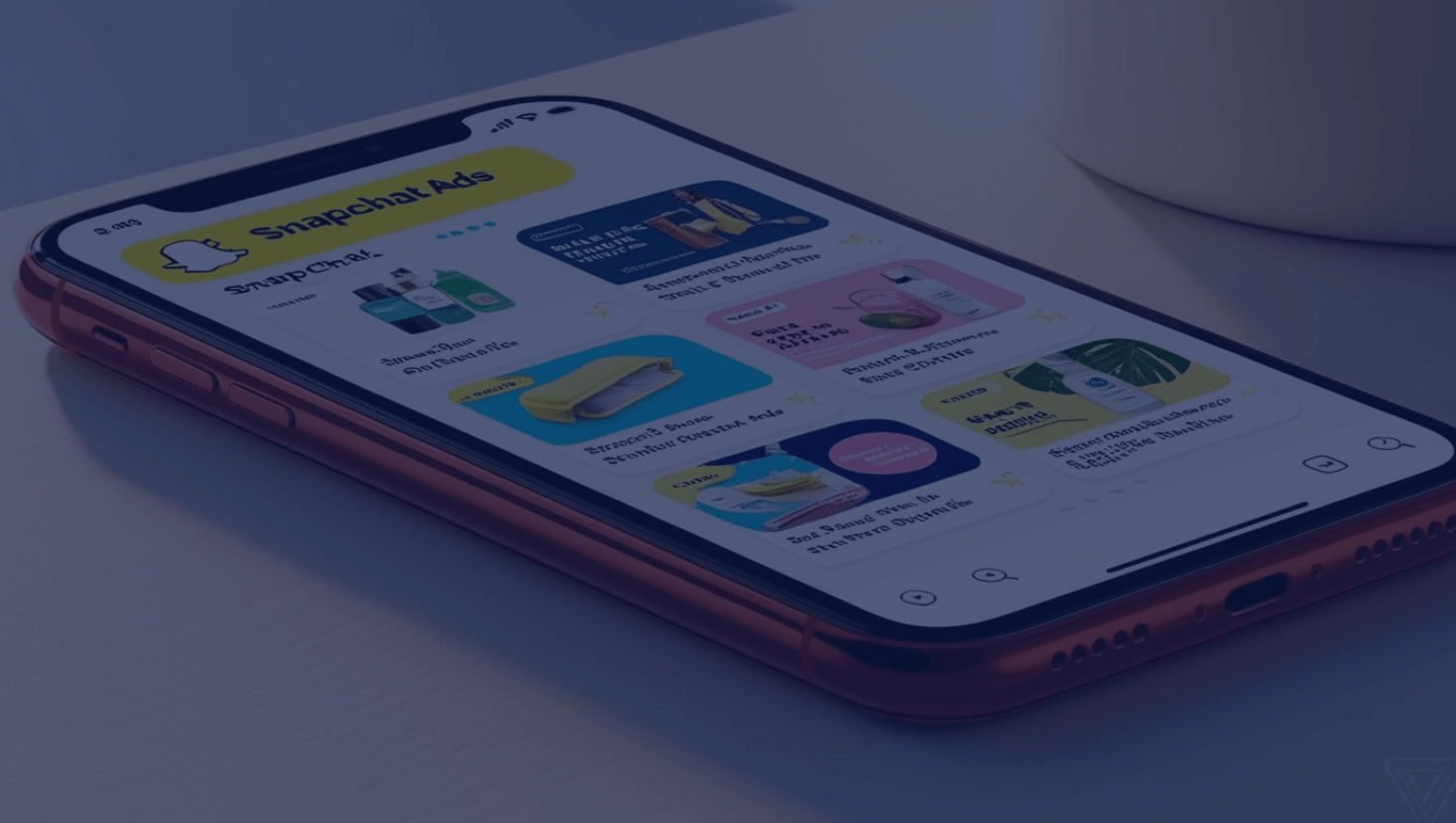Technology has bridged the gap between sharing your music physically by swapping CDs or tapes to sharing your entire library online with millions of internet users. This capacity of sharing music with family, friends, and strangers has allowed social media to take it a step further by allowing users to promote, review, and discuss the music within an industry that is rapidly growing in the digital age.
From sharing applications, to social channels that engage fans and artists, to platforms that let the general public post their talent, there really is no reason to ignore the effects social media is having in the world of music. Through social media, every individual is empowered with a voice they may have discarded before, making exposure to music and musicianship more effective and uniting.
Shazam has recently updated their iPhone and Android app with a new feature, “Shazam Friends,” which produces a live feed of songs that Facebook contacts have tagged. The new feature allows users to browse songs, read reviews, find artist biographies, and listen to previews. Shazam pioneered music apps by allowing users to identify music from any source by letting the app listen in for a few seconds. This app exemplifies how music discovery is immediate, and by teaming with social media, it becomes immediate for thousands of other users as well.
This isn’t the only example of social media partnering with music-sharing sites. Popular sites like Purevolume and Last.fm have Facebook “like” and Tweet buttons on artist pages to not only promote that artist, but also promote the music taste of site users across social channels. Last.fm is a bit more personalized, building a list of frequently played music by a user, determined by syncing to the user’s music library. From there, the user can share their populated lists, within a range of categories, via Twitter. If hashtags are utilized, this can allow anybody searching for new music or playlists to discover these lists. Ultimately, social media is expanding the probability of more users stumbling upon new music to listen to – people no longer need to have an account to the music sharing sites, they just need to be friends with someone who does.
Since free music sharing can come at the expense of the artist, a solid way in which musicians still see revenue is through their live shows. Artists have taken to social media in order to engage, and sometimes entice, their fans to attending their concerts. Performing artists are Tweeting to fans, asking if they are coming out to the show, dates and times, even public transportation schedules to make sure fans can attend the whole show. Ultimately, social media is helping performing artists find out what comments or concerns their fans have, while also leaving them with something to look forward to from the artist.
Not only are musicians taking advantage of social media when it comes to their music, but so are their fans as they attend live shows. If you’ve been to a concert recently, or even in the past few years, you can see that the classic “lighter in the air” ambiance has been replaced with the fluorescence of mobile screens. People all around you are engaging in social channels: updating statuses about the show, uploading live shots from the stage to TwitPic, and shooting videos of their favorite songs. Social media has allowed fans to document an entire live event and broadcast it to the general public immediately after, making it easy for others to feel as if they actually attended the show. Social channels keep concerts, and the music, alive through conversation and streaming content even after the stage has been emptied.
With the amount of opportunity social media presents for music sharing, it’s no surprise that much of the general public would engage in social media to share their own music. Over the past few years, we’ve seen many “YouTube Sensations” hit stardom simply because they showcased their talent across social media channels. Recently we’ve seen the buzz over 13 year-old Rebecca Black’s “Friday” music video making waves through the media, with over 42 million YouTube views as of today. That’s almost 10 million more views than two days ago, giving this video super-viral status. The transition from being a regular “Joe” on YouTube to a media sensation is mind-blowing, with Black’s rise to fame happening in a week’s time. Regardless of how long her 15 minutes will actually last, it is a testament to how effective social media is in terms of reach and amplification.
The potential for discovering new music is limitless with many music sites, like Last.fm and Purevolume, making social media sharing available on their sites. The line between popularity and quality is grayed, in terms of viral promotion like Black’s video, but the likelihood for instant recognition by masses of people is a result of social media. To tie it all together, new music finds its way to new listeners at an immediate rate, which then produces an instant musical experience for people to share with others. This type of cause and effect has never been seen before with such velocity and reach in the music industry until social media was introduced.
Social media will continuously evolve within the music industry – it is breaking down the barrier between fans and artists, allowing them to mutually engage in conversation for nothing more than music’s sake.







